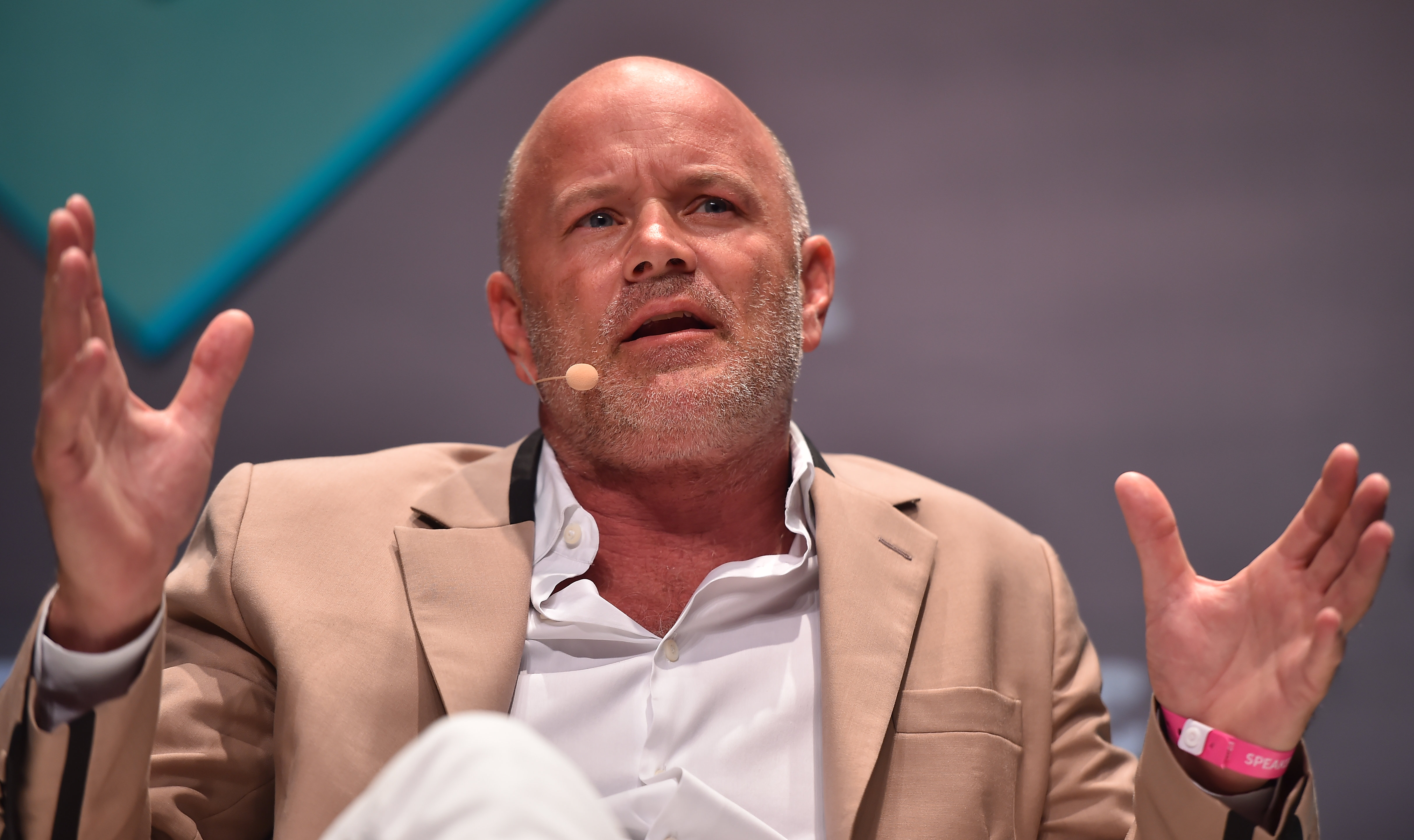In the world of investment, dividends are often seen as the mark of a mature and stable company. They represent a portion of the company’s earnings that is returned to shareholders as a token of appreciation for their investment. One such company that has consistently rewarded its shareholders with dividends is Verizon Communications Inc. (VZ). This article will delve deep into VZ dividend history, exploring its evolution, its impact on investors, and its place within the broader market context.
Establishing a Foundation
Verizon Communications was formed on June 30, 2000, through the merger of Bell Atlantic Corp and GTE Corp, marking the birth of one of the world’s leading providers of telecommunications services. From its inception, Verizon has focused on maintaining a robust financial framework, one that supports sustainable growth and a reliable dividend payout.
In the initial years following its formation, Verizon worked on consolidating its business, streamlining operations, and establishing a strong presence in the burgeoning mobile market. Despite the tech bubble burst and subsequent market turmoil, Verizon maintained a commitment to returning value to shareholders through dividends. This period set the stage for what would become a hallmark of Verizon’s financial policy: steady, reliable dividend growth.
Over the years, the VZ dividend history has been characterized by impressive consistency and a commitment to growth. This commitment is reflected in the incremental increase of its dividend payouts, which has become a highly anticipated annual event for investors. The company’s ability to consistently raise its dividends is attributed to its solid business model, substantial free cash flow generation, and strategic investments that fuel long-term growth.
Analyzing the dividend trends, one can observe the strategic intervals at which Verizon has increased its dividends. These increases are typically announced in the third quarter of each fiscal year, providing a predictable pattern that investors have come to rely on. This pattern reflects not only Verizon’s financial health but also its management’s confidence in the company’s future earnings and cash flow.
Like any other corporation, the VZ dividend history is not immune to the economic cycles and market dynamics. However, the telecommunications industry, by virtue of its essential service nature, offers a certain degree of resilience against economic downturns. This resilience is mirrored in Verizon’s dividend history.
During economic recessions, while many companies may cut back or suspend dividend payments, Verizon has managed to sustain or even increase its dividends. This resilience underscores the strength of Verizon’s business model and its commitment to shareholder value. It’s a testament to the company’s strategic planning, risk management, and the non-cyclical nature of its business.
VZ Dividend History: A Detailed Yearly Breakdown
Verizon’s history of dividend payments showcases a journey of consistent shareholder reward and financial discipline. The following breakdown gives a yearly insight into the cash amount of dividends distributed by Verizon, reflecting its commitment to returning value to its shareholders.
2000-2005: Establishing Consistency
- 2000: Marking the start of Verizon’s dividend payments, the year saw initial payments of $0.385, with a mid-year adjustment to $0.04653847 and $0.33846153 reflecting corporate changes.
- 2001 to 2005: The company set a steady dividend rate at $0.385. This period was crucial for establishing trust and consistency among shareholders.
2006-2010: Incremental Growth
- 2006: Verizon increased its dividend to $0.405, showcasing a positive trajectory and confidence in its financial stability.
- 2007: A slight increase was observed with dividends moving to $0.405 and then to $0.43, indicating growth and optimism.
- 2008 to 2010: The dividend price remained consistent at $0.46 and $0.475, reflecting steady growth and a commitment to shareholder value.
2011-2015: Continued Expansion
- 2011: The dividends saw an increase from $0.4875 to $0.50 in 2011, indicating robust financial health and a commitment to shareholders.
- 2012 to 2015: The company maintained a steady increase in its dividends, moving from $0.50 to $0.55, aligning with its growth and market expansion strategies.
2016-2020: Steady Increases Amidst Challenges
- 2016: A modest increase, moving from $0.565 to $0.5775, reflecting confidence despite market challenges.
- 2017 to 2020: The dividends gradually increased from $0.5775 to $0.615, showcasing Verizon’s ability to maintain growth in dividends, highlighting resilience and operational strength.
2021-2024: Adapting to the New Normal
- 2021: Starting the year with $0.6275, the VZ dividend history reflected Verizon’s adaptability and strategic financial management.
- 2022: The dividend saw another increase to $0.64, then to $0.6525, underscoring continuous growth and a strong focus on shareholder returns.
- 2023 to 2024: Beginning with $0.6525 and then moving to $0.665, the latest increments signify Verizon’s ongoing commitment to its shareholders amidst evolving market dynamics.
The evolution of Verizon’s dividend payments from 2000 to 2024 portrays a picture of steady growth, resilience, and a strong commitment to shareholder value. The yearly increments, while sometimes modest, reflect the company’s strategic approach to financial management, market adaptation, and its consistent performance despite various economic cycles.
Investors observing this trajectory can gain insights into Verizon’s operational strength, its ability to generate stable cash flows, and its position within the telecommunications industry. The incremental increases in dividend payments highlight Verizon’s commitment to maintaining a stable and growing dividend, making it an attractive proposition for income-focused investors.
The VZ Dividend History Yield and Payout Ratio
VZ currently offers a dividend yield of 6.74%, meaning investors receive $6.74 annually in dividends for every $100 invested. This high yield is indicative of Verizon’s commitment to rewarding its shareholders and places it as an attractive option for income-seeking investors.
The company’s payout ratio, standing at 94.93%, reveals that nearly all of its earnings are returned to shareholders as dividends. While a high payout ratio may raise concerns about the company’s ability to reinvest in growth, it also signifies a strong commitment to shareholder returns. However, investors should monitor this closely as excessively high payout ratios can impact future dividend sustainability and the VZ dividend history.
Verizon’s annual dividend rate is $2.66 per share, distributed quarterly to its shareholders. The significance of the ex-dividend date, set for April 9, 2024, should be noted by investors; shares bought on or after this date will not qualify for the next dividend, scheduled for payment on May 1, 2024. This quarterly distribution aligns with the company’s history of providing regular income to its shareholders.
An impressive aspect of Verizon’s financial health is its 20 consecutive years of dividend growth, reflecting stability and a robust financial framework capable of supporting ongoing shareholder rewards. This consistent growth strengthens investor confidence in Verizon’s financial management and its future dividend prospects. The dividend growth over different time frames can be analyzed as follows:
- 1-Year Growth: The dividend has grown by an average of 1.93% over the past year.
- 3-Year Growth: Over the past three years, the dividend has seen an average annual increase of 1.97%.
- 5-Year Growth: The five-year average growth rate stands at 2.01%.
- 10-Year Growth: Over a decade, the dividends have increased by an average of 2.34% annually.
These growth rates, although modest, highlight Verizon’s approach to providing steady and sustainable increases in dividend payments, aligning with long-term investor interests. Meanwhile, the shareholder yield is a comprehensive metric that combines dividends, share buybacks, and debt repayments to measure the total returns provided to shareholders.
For the VZ dividend history, understanding how each component contributes to the overall yield is crucial for a holistic view of shareholder returns. This metric is crucial for assessing the company’s efficiency in returning value to its shareholders beyond just dividend payments.
Comparative Analysis of the VZ Dividend History
Verizon’s long-standing history of dividend payments and its 20-year streak of increasing dividends underscore a strong record of dividend safety. However, the current payout ratio of 94.93% warrants careful observation. While Verizon has maintained its dividend payments, a high payout ratio could limit future growth and dividend increases if not managed properly. Investors should consider this in the context of Verizon’s overall financial health and market conditions.
The percentile ranks for Verizon’s dividend yield compared to its sector, country, and globally are indicative of its strong position. With a yield higher than 86% of companies in its country, Verizon stands out as a leading choice for dividend investors within the telecommunications sector and beyond.
Verizon Communications Inc.’s dividend yield, the VZ dividend history, and financial policies make it an attractive option for dividend-focused investors. The company’s track record of consistent dividend payments and growth is a testament to its financial health and shareholder-focused approach.
However, the high payout ratio and the importance of maintaining growth and sustainability in dividends highlight the need for ongoing evaluation of Verizon’s financial strategies and market position. Investors considering Verizon should weigh these factors alongside their investment goals and market conditions to make informed decisions.
The dividend yield is a crucial metric for income-focused investors, and Verizon’s yield has historically stood out in the telecommunications sector and the broader market. By comparing Verizon’s dividend yield with that of its peers and the market average, investors can gauge its attractiveness as an income-generating investment.
While high dividend yields are appealing, they must be weighed against the backdrop of overall company health and market conditions. In Verizon’s case, the relatively high yield has been supported by the company’s strong cash flow and earnings, making it a favorite among dividend investors. However, it is essential for investors to consider total return, factoring in both dividend income and capital appreciation, to evaluate the true value of their investment in Verizon.
Sustainability of Verizon’s Dividend Payments
Looking ahead, the sustainability of Verizon’s dividend payments is a subject of keen interest for investors. This involves examining the company’s future earnings potential, investment in technology and infrastructure (notably 5G), and market competition. Additionally, the company’s debt levels and payout ratio are critical factors in assessing the sustainability of its dividends.
As the telecommunications industry evolves, with increasing demands for data and connectivity, Verizon is well-positioned to capitalize on these trends. However, significant investments required for expanding network infrastructure and acquiring spectrum licenses could impact free cash flows and, by extension, dividend payouts. Thus, assessing Verizon’s strategic initiatives, financial health, and industry dynamics is paramount for predicting future dividend behavior.
The VZ dividend history paints the picture of a company deeply committed to shareholder value, marked by consistent dividend payments and a cautious yet optimistic approach to growth. For income-seeking investors, Verizon presents a compelling case, offering not just dividends but stability and potential for appreciation.
However, like any investment, it is crucial for investors to conduct their due diligence, keep abreast of market and industry trends, and consider their investment horizon and risk tolerance. Verizon’s past performance is a robust indicator, but the future is shaped by numerous dynamic factors.
In essence, the VZ dividend history is not just a record of payments; it’s a narrative of corporate resilience, strategic foresight, and a relentless focus on shareholder value. As the company navigates the complexities of the digital age, its dividend policy will undoubtedly continue to be a critical element of its financial story and an essential factor for investors around the globe.
Credit: Source link















































